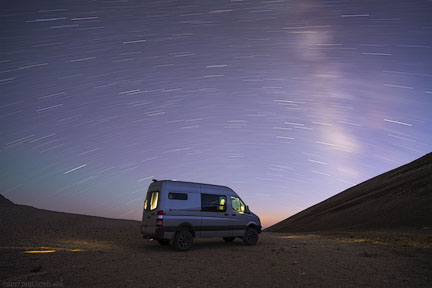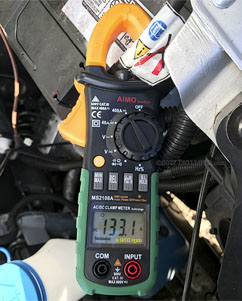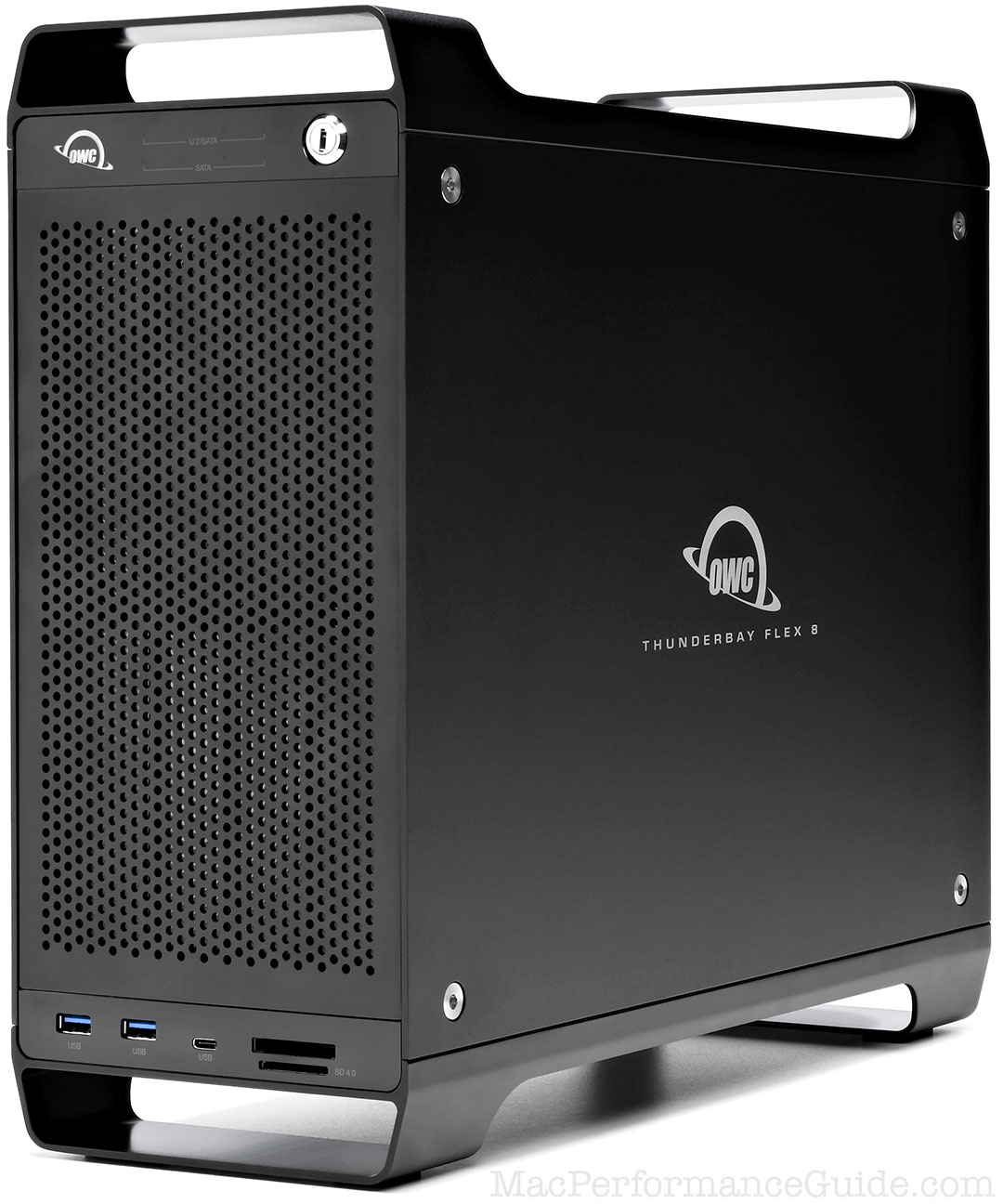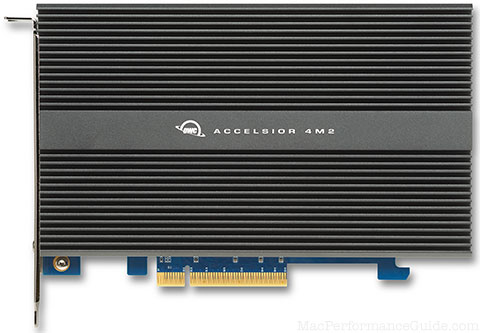Mercedes Sprinter Alternator: Voltage, Amperage Under Real Loads at Idle, Charging Rate for Lithium Battery

Photographer and cyclist and Mac expert and software engineer Lloyd Chambers is available for consulting on general Sprinter considerations at his usual consulting rates via phone, or in person in the Palo Alto, CA area. Save yourself hours and mistakes by discussing issues up-front. More about Lloyd....
Get your batteries and 2nd alternator and regulator (the whole kit!) from NationsStarterAlternator.com.
The Mercedes Sprinter 220 amp alternator (6 cylinder) has the 'juice' to charge the Lithionics battery. What follows is what I’ve learned from 6 weeks of intensive in-the-field use.
When it comes to lithium batteries and charging, your author has had to sift through layer upon layer of misleading or outright dis/misinformation all over the web, 99% of which is the blind fooling the blind, lacking in data and/or replete with unfounded assumptions. This page was written to lay bare the falsehoods found in much of what I found, including misleading or out of context claims.
There are 4 sections discussing conclusions and measurement. Assumptions implicit in what follows are:
- High quality lithium iron phosphate batteries. Most lithium chemistries are prone to burning or explosion and dangerous for RV use regardless of claims to the contrary—I am not satisfied with a steel box as a “safety precaution”—the technology should be inherently safe and incapable of catastrophic failure. My research resulted in finding only one company that I felt demonstrated real quality in safety, electronics, BMS and overall quality: Lithionics. There are surely others, but extreme skepticism should be used; there is at least one web site out there that looks great, but the batteries are risky and being sold out of the back of a car by those with criminal backgrounds. No, that is not a joke, except on a buyer.
- Appropriate heavy duty wiring from the alternatory (gauge and length and connectors). For a Mercedes Sprinter alternator, that means at least one and ideally two (2) 1-ought cables (equivalent to one 4-ought cable).
- BMS appropriate to the battery; this is built into my Lithionics battery.
- Appropriate fusing and isolation circuits, such as found in the wiring panel in my Sprinter.
SoC = State of Charge — 100% is completely full, 10% is usable lower limit, 0% is totally dead battery.
BMS = Battery Management System (built into most Lithionics batteries)
#1 Optimizing charging and fuel consumption while idling
This section explains how to optimize charging rate while idling, even as fuel usage is minimized.
Like anyone else, I would like 800 amps of battery (2 X 400 amp) instead of 400 amps. But my findings show that the non-linear charging ability of the Sprinter alternator effectively raises battery capacity considerably for light to medium power draw.
Few users will have steady-state loads exceeding 300 watts. My own steady-use case is for a draw of about 200 watts DC, popping up for short periods to the 280 to 350 watt range. A 65" LED TV typically draws 100 watts or less. A 900-watt electric kettle draws ~1050 watts DC for 5 minutes or so, which is about equal to 100 watts for 50 minutes or so.
Air conditioning and electrical space heaters are steady extremely high-draw exceptions requiring special provisions and/or for brief use (microwave or electric kettle). Steady and heavy current draw is an entirely different usage scenario, from, say watching TV or using a desktop computer or playing music, etc.
Based on 50 hours of idling, calculation shows the 2017 Sprinter 3.0L to consume 0.8 gallons of fuel per hour when idling at ~820 rpm, including 1200 rpm cold start in sub-freezing and slowly dropping to 900 rpm or so. When working in environments where refueling is not readily available, fuel consumption is a significant concern. For example, in places like the White Mountains, it is 2-3 hours to drive down for fuel over a rough dirt road. For a multi-day stay in very cold weather (where it needs to be used for warmth as well), fuel usage becomes a concern.
The following recommendations are presented for anyone in a usage scenario that involves relatively low steady-state draw (500 watts or less). These recommendations are based on my about 22-amp @ 13.1V DC load (300 watts or less).
- Unless the battery is depleted, idle the engine ONLY for heat.
- Idle the engine for charging only when the battery is depleted. Otherwise, just keep using the battery.
- For low draw situations, idle for charging only when battery approaches its 10% reserve capacity.
- There is no point to idling at SoC of 10% or higher for charging unless a reserve buffer is required because idling at that level of depletion can shovel 70-80 amps or more into the battery for charging even while gear continues to operate.
Specific example of applying the above recommendations.
I prefer to have a 2 hour buffer. For a 2 hour buffer for my workload, I need (conservatively), ~300W DC = 23 amps @ 13.1V. Therefore, I should start idling at about 10% (reserve) + 12% (idling buffer) = ~21% SoC. But that is only if I cannot start idling and need that time buffer. Otherwise it is pointless.
Optimal alternator amperage at idle of 100+ amps is 5X to 7X my DC usage rate (200 to 240 watts). With 100+ amps charging power, I can work about 6 hours for every hour of idling if idling is done efficiently (low SoC). But since that work overlaps the idling, that yields 7 hours of operating electricity with just 1 hour of idling.
8-bay Thunderbolt 3
2.5 or 3.5 inch hard drives, NVMe SSD, USB-C, USB-A, DisplayPort 1.4, SD slot, PCIe slot, 500W power supply.
Non-RAID or RAID-0/1/4/5/10.
Capacities up to 128 Terabytes!
#2 Basics of Mercedes Sprinter alternator behavior
This section can be skipped and returned to to understand the “why” of section #2.
The evaluation of alternator charging amps vs battery capacity is much more complicated than it seems, but also far more favorable than I had at first realized. If anyone states something like “the Sprinter alternator puts out X amps for charging”, that’s not a statement that can be made free of context—it is at best misleading, and taken strictly it false because the behavior is variable, and based on impedance with a 3X to 4X range of amperage.
Setting aside cooling issues or very high temperature scenarioes where an alternator could overheat and thus drop its output, Sprinter alternator output relates directly to the impedance it senses. Impedance is directly related to the battery voltage—low voltage = low impedance. Summarizing:
- At low impedance, e.g., low voltage on the battery end due to SoC or a heavy load, the Sprinter alternator will output high amperage, up to 133 amps at idle, as observed.
- At high impedance (battery mostly charged and/or light draw), the Sprinter alternator will drop down to as low as 32 amps of charging power. However, the Lithionics BMS is smart and will not take in amperage when fully charged.
Actual observations show this that the greater the battery depletion, the greater the charging amps:
@ 10% SoC: ~102 charging amps @ 13.7V = ~1400 watts (ambient ~65°F)
@ 20% SoC: 92 amps (ambient ~0°F)
... intermediate values pending testing ...
@ 80% SoC: 42 to 50 amps, up to 65 amps observed briefly.
@ 90% SoC: ~32 amps, dropping to zero as 99/100% is reached
@100% SoC: 0 amps
Figures are at 820 rpm (low idle). Amps and volts as reported by the Lithionics status panel, which reads the battery internally.
For comparison, the Xantrex Freedom XC inverter/charger used in my Sprinter maxes out at 80 amps charging and that requires shore power (being plugged into the grid). In other words, with a low battery the alternator substantially outperforms the inverter/charger. Only with a 30 amp circuit to the grid and something like the unwieldy Xantrex 3012 could the alternator be beaten for the first 50% or so of charging (or a 2nd alternator).
#3 Measuring Sprinter alternator performance/capability
Figures and discussion here are from a 2017 Mercedes Sprinter 6 cylinder diesel.
More information on the Mercedes Sprinter Alternator: Amperage Output with Real Loads, Voltage, Charging Rate for Lithium Battery page.
Voltage of 2017 Mercedes Sprinter alternator
I have personally measured the voltage of the 2017 Mercedes Sprinter alternator at 14.2 volts at idle (including up to 2200 rpm), using a multimeter at the auxiliary battery.
That 14.2V is confirmed by a measurement at ADF Sprinters on a different Sprinter and by a professional voltage tester at an auto repair shop—3 confirmations. Whether the alternator goes to higher voltage at, say, 2400 RPM freeway speed is not something I can measure easily, but is doubtful.
Amperage output measured data of Sprinter alternator

There is a lot of invalid and context-dropping information out there about how many amps the Sprinter alternator can deliver.
First, I would call the Sprinter alternator a “smart alternator”: it senses the load and delivers power accordingly, with the caveat that this does not work for charging batteries; it appears that whatever algorithm it uses won’t deliver 130+ amps at idle for charging, though it will do so for a1440 watt space heater.
Second, the output varies for unknown reasons at times. But in general, you can count on at least 40 amps for charging while idling, and most of the time 50-60 amps. At least with the 400 amp Lithionics battery cabled robustly.
Notes on the data table below:
- Amperage measured at cable running into auxiliary battery using the AIMO MS2108A Auto Range Digital Clamp Meter @AMAZON.
- Elevation of 10,600' /3230 meters
- Air temperature of 63°F.
- Lights off, AC off, heater off, stereo off (unless indicated). Surprisingly, all of these have minimal impact on measured output (2-3 amps). Presumably extra amps are generated but shunted to those devices before going to the cable to the auxiliary battery..
- Computer gear loads: late 2015 iMac 5K + NEC PA302 30" display
- Other loads: space heater offering 1450W or 770W outputs
- Xantrex Freedom XC 2000 watt power inverter.
- Hood open in order to read alternator amps
Engine RPM Slow drops from cold (1200 rpm) to 960 rpm (warm). When cold, the higher RPM is able to sustain the ~133 amp figure for a while. Once warmed up, the alternator seems to decline in performance to about 115 amps (ambient temp 55°F.
Figures measured at 960 rpm unless noted, since that was steady state rpm. Figures might differ if run at lower elevation (lower rpm?) and/or higher temperatures, which would heat up the alternator more. Conclusions:
- Charging amps are affected by only about 4 amps with AC load of up to 200 watts (AC draw = 232W DC = about 15 amps)—the alternator steps up its output.
- Idling amps with no AC load can deliver 56 amps charging power Observations in 90°F conditions show 46 amps, so heat does have an impact.
- A 400 amp battery depleted by 85% to 15% SoC can charge in about 7 hours at idle. Driving might not change this much, based on observations.
- Charging does not exert a load that causes the alternator to increase output.
- An AC power space heater causes the alternator to increase its output to as high as 133 amps (1800+ watts), but this will likely drop to 110 amps or so if the ambient temperature is hot (alternator cuts back if it gets hot).
- The nature of the load causes the alternator to increase its output, or not. Regrettably charging does not persuade it to increase output.
These tests run at an altitude of 10600' as shown below. Spot checking shows similar behavior at 11800'.
| Load | Alternator Amps | Battery SoC |
Charging amps | Comments |
|---|---|---|---|---|
| 1480W AC power draw | 133 amps @ 960 rpm | 31% | -10 amps (draw) | computing (heavy CPU load) + space heater |
| 860W AC power draw | 105 amps @ 960 rpm | 31% | +21 amps (charge) | computing + space heater |
| 188W AC power draw | 73 amps @ 960 rpm | 33% | +52 amps (charge) | computing, heavy CPU load. Charging amps can drop to 46 watts after extended idling |
| 112W power draw | 70 amps @ 960 rpm | 33% | +52 amps (charge) | computing, idle |
| 0W AC power draw | 65 amps @ 960 rpm | 29% | +56 amps (charge) | charging amps can drop to 46 watts after extended idling |
| 1500W AC + 1A DC + lights + stereo + AC (all at max/high) |
115 amps @ 960 rpm | 33% | -29 amps (draw) | output of 115 amps has dropped: is alternator getting hot after all the above tests? |
| 1430W AC + 1A DC + lights + stereo + AC (all at max/high) |
141 amps @ 960 rpm, ramps down to 115 amps or so |
33% | -2 amps (draw) | after cooling for 10 minutes at 63°F with hood open. |
| 1500W load |
141 amps @ 2600 rpm | 30% | did not check | after above brief test following cooling alternator amperage did not increase from 960 rpm to 2600 rpm |

at 10600' elevation (and higher)

iPhone 7 Plus + iPhone 7 Plus back camera 6.6mm f/2.8 @ 57mm equiv (6.6mm)
[low-res image for bot]
#4 Charging rate with Lithionics battery — road driving
Voltage of 14.2V is not ideal for charging but in a way it is better: lacking a regulator between the alternator and battery, a float voltage of 14.2V (what the alternator does while driving) is preferable to a higher voltage.
Lithionics had stated to me that I would not likely charge beyond 95% SoC (state of charge) with 14.2V, but this is incorrect: the alternator in fact charges to 100% within 4 hours from SoC of 48%. Performance on a first test was highly satisfactory, even if the charging rate is less than I might expect for an assumed 100 amps at 2400 rpm freeway speeds on a 340 mile drive.
This data is with a single 1/0 gauge cable from alternator (auxiliary battery terminal) to the Lithionics battery; I have since doubled the cabling which should improve the charging rate.
Time: SoC Avg Speed 00:00 48% n/a 01:07 64% 43 mph (stop and go) 02:46 84% 50 mph (~55 to 65 mph) 04:24 100% 52 mph (~58 to 65 mph) <=== likely to have reached 100% at 3:50 or so
Ideally, bulk charging would occur at 14.6V for the Lithionics battery, then reduce to a float voltage of 13.4V, according to Lithionics. To do that requires a 2nd alternator with a regulator, because the stock Sprinter alternator has no output voltage regulator; it floats the voltage at 14.2V constantly.
Available amperage from stock alternator
The stock Sprinter alternator has at least 60 amps available at low idle, which I have confirmed repeatedly using the status display on the Lithionics battery. Of course, fewer amps will be seen if the battery does not need charging.
Testing with a space heater and an idling engine suggests up to 115 amps at idle.
I’m no electrical expert, just a battery user with a Sprinter, but to me this is awfully good performance.
ADF Sprinters tells me that the stock Sprinter alternator has been bulletproof doing things like powering 20 TVs inside a large van with few to no issues. ADF does 280 sprinters per year.
2nd alternator discussion
The Mercedes Sprinter has an install location for a 2nd alternator (easier install on the 6 cylinder engine than the 4 cylinder). While I like the idea of a 2nd alternator for charging a high capacity battery, my budget is tight and the additional cost ($2500+ or so installed) is something I prefer not to take on initially if the primary built-in alternator can charge the battery bank, albeit more slowly. That said, users with high power consumption such as air conditioning will want a 2nd alternator.
The Nations 280XP is a high quality option if a 2nd alternator is decided upon.
ADF Sprinters tells me that every 2nd alternator they have installed has had to come out due to issues—belts, tensioners, etc. Reliability greatly concerns me down dirt roads, where a tow out to just to pavement could cost $2500, if one can even obtain a tow out where it might be snowing at 25°F at high altitude, or 100°F in a Death Valley canyon. For my own use, the risk of issues with a 2nd alternator is a major concern—I am not an RV park user. That said, there are some projects I’ve heard tell of that may bypass the velt issue by using the driveshaft directly—contact Adam at NationsStarterAlternator.com.
A 2nd alternator gets reduced cooling with a skid plate covering it, particularly up a steep grade on a hot day. Its higher output won’t be there when hot in such conditions, as it will self-protect by reducing output. The Nations 280XP has this self protective feature however. Still, such conditions are not typical and are relatively short term.
Compared to charging with a 2nd alternator, the charge rate using the primary alternator is going to be lower versus a 2nd alternator, since the 2nd alternator can send all its power to a battery bank, whereas the 1st alternator has to power the vehicle as well as any additional load. But there are some surprising behaviors at idle; see Mercedes Sprinter Alternator Behavior. For my own use, the power of a 2nd alternator is almost irrelevant as I do not run air conditioning.
If installing a 2nd alternator, have a Mercedes dealer do it. I checked with Mercedes of Reno and was assured that if they did the work, there should be no warranty issues.
With a 2nd alternator, it is critical to isolate the 12 volt systems between the 2nd alternator and the factory system.




